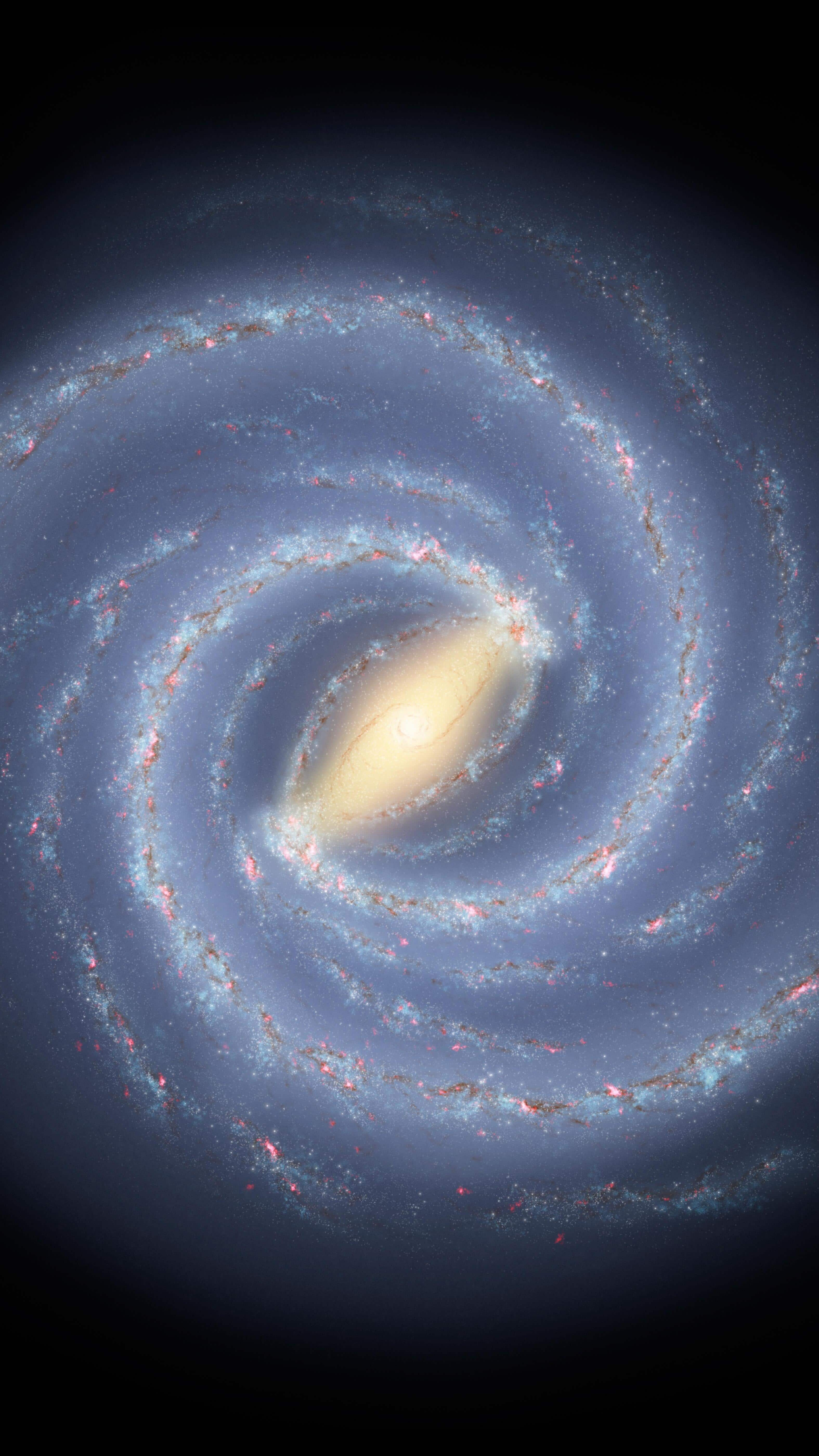
Jul 24, 2025, 06:41 AM IST
7 captivating images of Milky Way captured by NASA
Our galaxy, the Milky Way, it has hundreds of billions of stars, enough gas and dust to make billions more stars, and at least ten times as much dark matter as all the stars and gas put together.
Like more than two-thirds of the known galaxies, the Milky Way has a spiral shape. At the center of the spiral, a lot of energy and, occasionally, vivid flares are being generated.
The shapes of galaxies are influenced by their neighbors, and, often, galaxies collide. The Milky Way is itself on a collision course with our nearest neighbor, the Andromeda galaxy.
The Milky Way is the galaxy that includes the Solar System, with the name describing the galaxy's appearance from Earth.
Our solar system takes about 240 million years to orbit the Milky Way just once.
This new NASA Hubble Space Telescope image features NGC 6951, an intermediate spiral galaxy 78 million light-years away in the Cepheus constellation.
The stunning image of Whirlpool Galaxy is a spiral galaxy located 31 million light-years away.
Credit: NASA